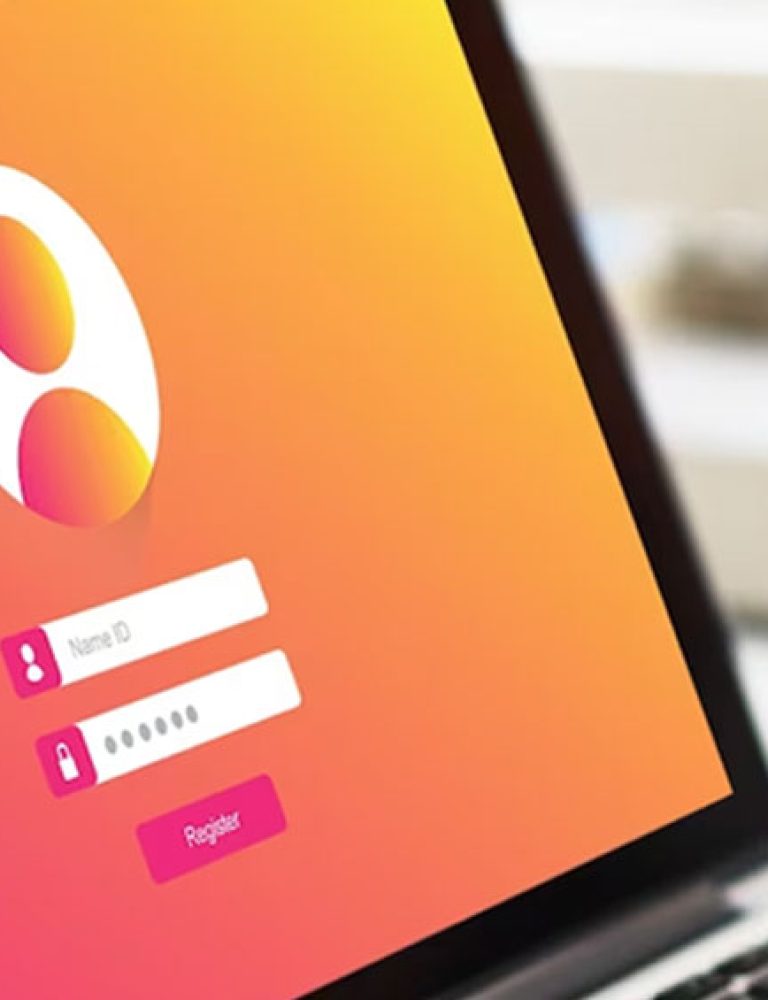In the K–12 educational landscape, the power of words extends far beyond selling a product or service; it shapes how people perceive and interact with the world. As editors and general managers, it’s crucial to recognize that unintentional exclusion through language isn’t just a minor oversight but a significant misstep.
This is particularly crucial in K–12 settings, where inclusivity can foster a more engaging and supportive learning environment.
Many content creators unknowingly weave divisive and exclusive phrases into their narratives, alienating portions of their audience. This is where the concept of inclusive content creation becomes vital.
By embracing diversity and representation, you can transform your platforms into spaces that resonate with a broader, more varied audience.
This article aims to guide you, as an industry leader, in crafting materials that not only engage but also respect and reflect the diversity of your audience.
Table of Contents:
I. The Need For Inclusive Content in K12
II. Strategies for Crafting Inclusive Content
- Use Inclusive Language, Pronouns, and Tone
- Accessibility Features
- Identify Current Audience and Recognize Blind Spots
- Use Diverse Images
- Use Digital Platforms That Enable You To Create Inclusive Content
III. In conclusion
The Need For Inclusive Content in K12
According to a report by Zendesk, more than half of consumers want to purchase from companies that prioritize diversity and inclusion.
K-12 institutions are increasingly recognizing the importance of diversity and inclusion. By integrating inclusive practices into their content, schools can create an environment where every student feels represented and valued. This is not just about meeting educational standards but also about preparing young learners to thrive in a diverse world.
Here are five compelling reasons why embracing inclusivity in content is essential:
- Broader Audience Reach: Inclusive content resonates with a wider audience, breaking down barriers and expanding your reach.
- Enhanced Brand Reputation: Demonstrating a commitment to diversity and inclusion strengthens your brand’s reputation and appeals to socially conscious consumers.
- Increased Engagement: Varied perspectives and stories foster deeper engagement as readers see their experiences reflected in your content.
- Content Accessibility: Making content accessible to people with different abilities ensures compliance with legal standards and ethical practices, widening your potential audience.
Innovation and Creativity: Inclusivity encourages fresh ideas and perspectives, driving creativity and human-centered innovation in content creation.
Strategies for Crafting Inclusive Content
Creating inclusive content demands more than good intentions; it requires actionable and strategic content planning. As editors and general managers, adopting these strategies ensures that your content not only speaks to a diverse audience but also resonates with authenticity and relevance.
1. Use Inclusive Language, Pronouns, and Tone
In K–12 education, using language that respects all students becomes even more crucial. Avoid stereotypes and adopt language that is respectful and inclusive of all groups. This means avoiding jargon, gendered language, and culturally insensitive phrases.
For instance, you can use gender-neutral terms like ‘they’ instead of ‘he/she’, and be mindful of cultural nuances in your language. Here’s an elaborate list of do’s and don’ts about this:
Do’s:
- Use titles and pronouns that are inclusive and do not imply gender, like “individual,” “person,” or “they,” particularly when the gender of the subject is not specified or is non-binary.
- Include culturally diverse names and scenarios in examples to reflect a wide range of backgrounds.
- Use inclusive, non-ableist language that respects all physical and mental abilities.
Don’ts:
- Don’t use slang or idiomatic expressions that might be confusing or offensive to different cultural groups.
- Avoid assuming marital status, gender, or roles in your content, which can perpetuate stereotypes.
- Don’t rely on technical jargon or complex language that could exclude readers with varying levels of understanding or education.
2. Accessibility Features
For K–12 students, especially those with disabilities, accessible content is key. Digital textbook platforms like KITABOO offer features like alt text for images and readable formats, ensuring that all students can access and engage with learning materials.
For example, if your website features a promotional image, the alt text should concisely describe what’s in the image, such as “Team meeting in a bright, modern office.”
Additionally, include subtitles and transcripts for videos catering to those who are deaf or hard of hearing. Make sure your website is navigable for those using screen readers by organizing content logically and avoiding complex layouts that can be confusing for these tools.
3. Identify Current Audience and Recognize Blind Spots
Understanding the diverse demographics of your K–12 audience is essential. Ensure your content is not only age-appropriate but also sensitive to the cultural and social backgrounds of all students.
This shift towards inclusivity not only prevents alienating your target audience but also sets your content apart from competitors. Many marketing strategies still lack diversity; by identifying and addressing these blind spots, your content becomes more engaging and builds stronger connections with diverse stakeholders.
4. Use Diverse Images
In K12 materials, visuals are as influential as words. Choose images that represent a wide range of ethnicities, abilities, and family structures to reflect the diversity of the student body.
However, it’s crucial to avoid stereotypes or tokenistic portrayals; authenticity is key. Genuine representation in imagery not only enhances the relatability of your content but also fosters an environment of inclusivity and respect. This thoughtful selection process contributes to breaking down barriers and promoting a more inclusive society.
5. Use Digital Platforms That Enable You To Create Inclusive Content
Digital textbook platforms like KITABOO often come equipped with features that assist in implementing inclusivity guidelines, such as diverse templates, accessibility options, and content customization capabilities.
By suggesting the use of such a tool, you can provide a tangible solution that helps content creators and editors effectively incorporate inclusivity into their workflow. Here’s how digital textbook platforms like KITABOO can help:
- Diverse Templates and Assets: It offers a range of templates and visual assets that represent a diverse audience. This makes it easier to create content that visually reflects different ethnicities, ages, abilities, and genders.
- Accessibility Features: It includes features that ensure content is accessible to all users, such as options for alt-text on images, audio descriptions, and easy-to-navigate layouts for screen readers.
- Language and Tone Analysis: KITABOO offers language analysis features to help identify and eliminate biases or non-inclusive language, prompting users to use more inclusive and neutral terms.
- Customizable Content: The ability to easily customize and adapt content for different audiences ensures that various cultural contexts and preferences are respected and addressed.
Feedback and Collaboration Tools: Collaboration features allow for diverse teams to provide input and feedback, ensuring a range of perspectives are considered in the content creation process.
In conclusion
Inclusive content creation is more than a moral imperative; it’s a strategic advantage in today’s diverse marketplace. By employing strategies such as using inclusive language, ensuring accessibility, identifying audience blind spots, and using diverse imagery, content creators can craft materials that resonate with a broader audience, enhancing engagement and brand reputation.
KITABOO, a high-scale digital textbook platform, plays a pivotal role in this endeavor. With its capacity to deliver over 1 million eBooks to more than 5 million active users in 20+ countries, KITABOO offers a comprehensive suite for inclusive content creation. Its features, like diverse templates, accessibility options, language analysis, and collaboration tools, make it an ideal choice for editors and general managers aiming to embrace inclusivity.
Furthermore, KITABOO’s commitment to GDPR compliance and 99.97% guaranteed uptime ensure a reliable and secure experience.
Discover How An Ebook Conversion, Publishing & Distribution Platform Can Help You
Kitaboo is a cloud-based content platform to create-publish & securely distribute interactive mobile-ready ebooks.
You May Also Like







